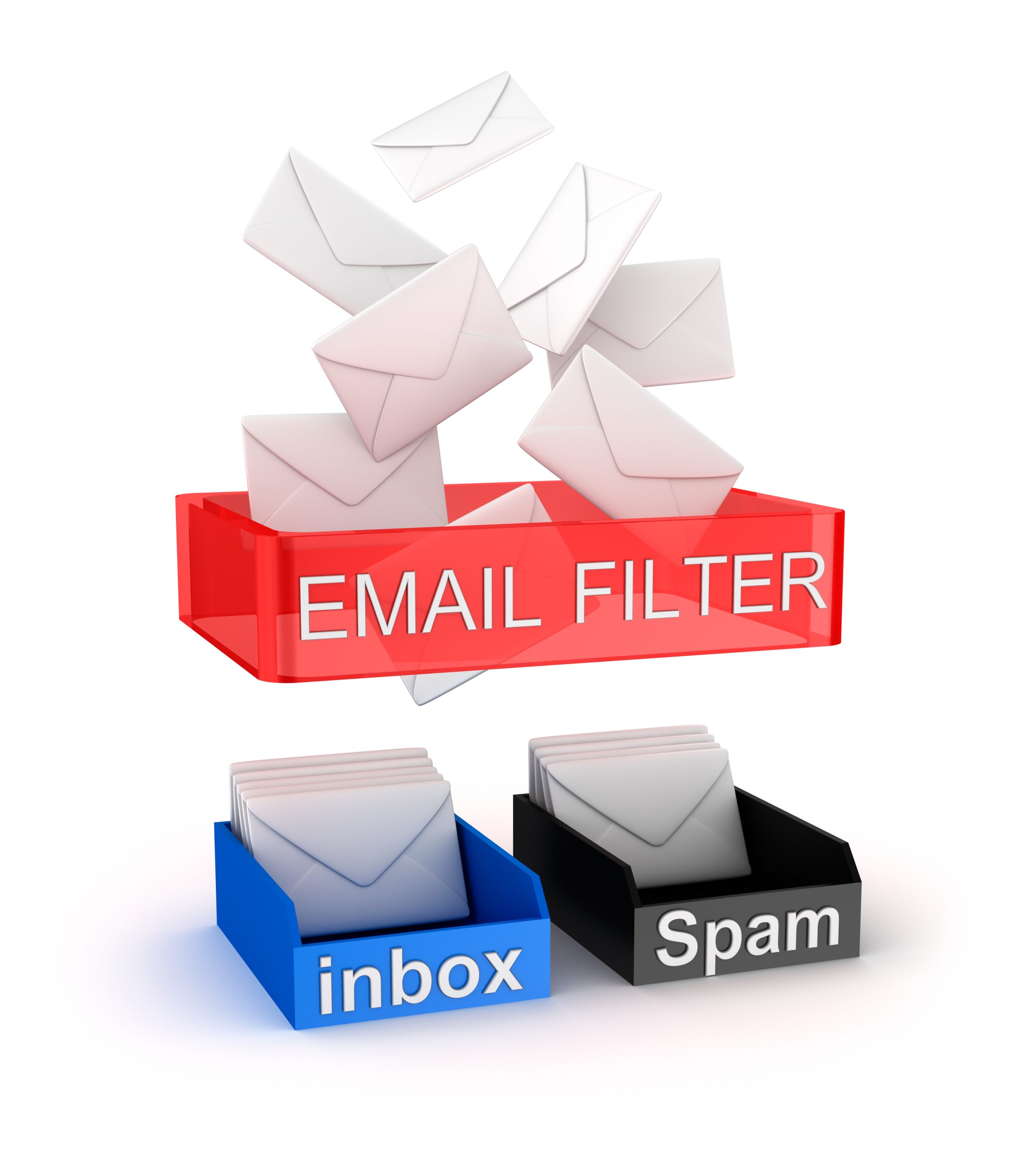Fundraising emails were caught up in spam filters twice as often last year compared with 2015, costing the average nonprofit as much as $25,000 in lost revenue last year, including more than $6,000 on #GivingTuesday alone, according to a new report.
The 2017 Nonprofit Email Deliverability Study from EveryAction analyzed deliverability data for 55 national nonprofits against the latest industry benchmarks, determining an average of 18.21 percent of email delivered to spam folders monthly during 2016. That compares with 7 percent in the 2016 study and 12.5 percent in 2015. Spam rates started to climb in September and peaked in December at 30.25 percent. The lowest rate spam rate was 8.56 percent in January.
If a nonprofit that sends two fundraising emails per month to a 100,000-person email list had all those messages get to their destination, it would generate about $134,844, based on average open, click and page completion rates. Calculating an average of 18.21 percent of emails going to spam folders in that scenario would bring that revenue number down by $24,522, to $110,322.
Brett Schenker, email deliverability specialist, authored the study for EveryAction, a Washington, D.C.-based CRM provider for nonprofits. The study incorporated data and results from other key reports in the sector, including M+R’s 2017 Benchmarks Study and the #GivingTuesday Data Project.
Among the nonprofits analyzed, rates of email caught in spam filters during the last week of 2016 were more than double the rates in 2015, jumping from 8.6 percent to 23.61 percent. On the final day of 2016, open rates fell to 17.75 percent and spam rates soared to 36 percent.
The report also specifically looked at #GivingTuesday, which had another record-breaking year of $168 million raised in online donations.
#GivingTuesday saw an average of almost 37 percent of fundraising emails end up in spam folders — almost four times as often as the 9 percent experienced in 2015 — while email sends and open rates were up slightly. Nonprofits sent an average of three emails on #GivingTuesday, up only 0.65 percent from 2015, and open rates increased by 3.14 percent. Based on those averages, a nonprofit sending an average of three emails to a list of 100,000 coupled with a 36.68 percent spam rate would lose out on potential revenue of $6,184 on #GivingTuesday.
“With higher open rates and lower spam rates in the week before and after #GivingTuesday, it’s worth building a multi-day, multi-channel fundraising campaign rather than banking on a single day,” according to the report.
Common causes of a high spam filter rate could be an out-of-date email list, sending irrelevant email, making it difficult to unsubscribe, or a high number of complaints. Since EveryAction’s last report, Email Service Providers (ESPs) have “placed an increased emphasis on authentication and security but the fundamentals like relevant content, opt-in, and list management still hold true.
EveryAction offered several suggestions to improve email deliverability:
- Ask individuals to opt-in to your email list but also follow-up to confirm the email address;
- Ramp up messaging with a “Welcome series”;
- Look beyond opens and clicks, testing engagement with subject lines and content, and examining how segments perform;
- Explore why bounces are occurring and how that can be remedied; repeated bounces can signal alarm bells with ESPs;
- Pay attention to inactives and focus on getting them to re-engage because ESPs can turn dead addresses into spam traps;
- Check your HTML as some email providers look at how clean it is and that things are coded properly; and
- Choose the best email service provider.











